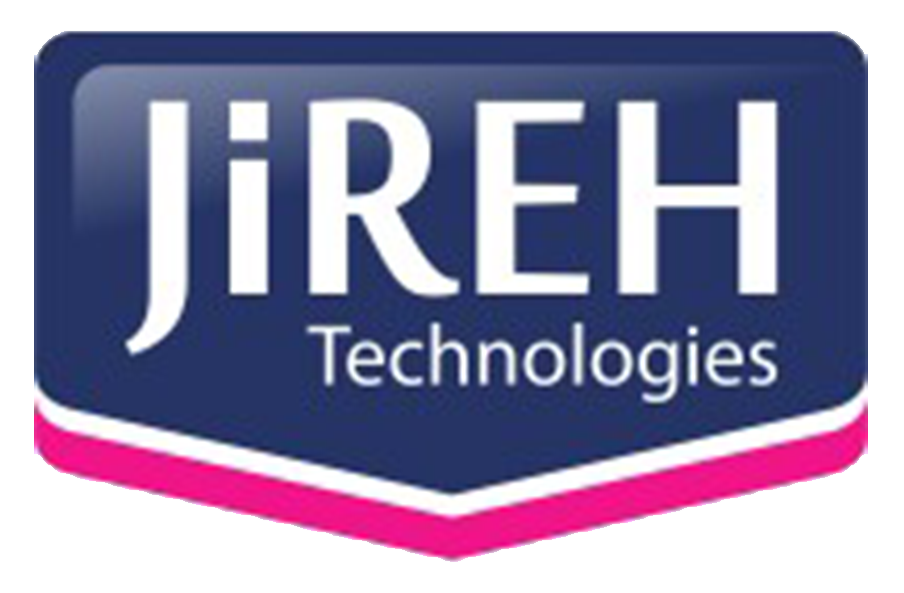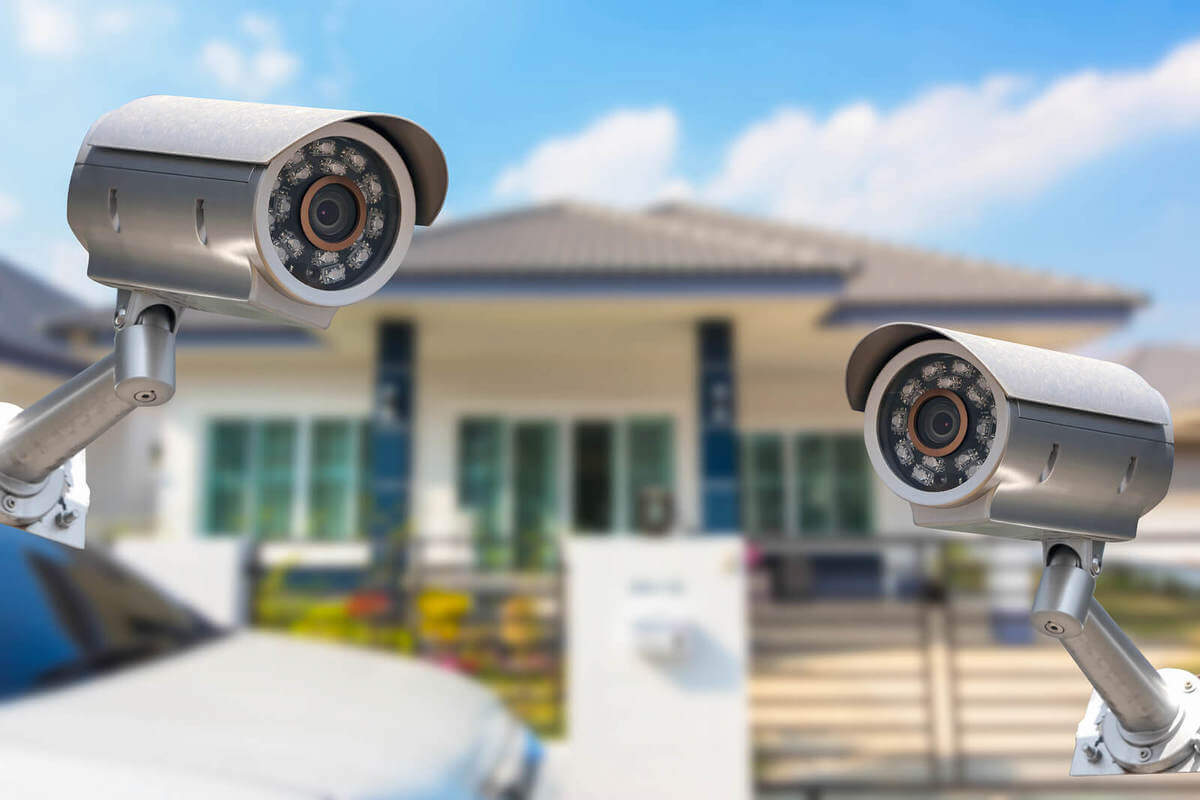In recent years, the importance of surveillance and monitoring for security purposes cannot be over emphasized. From becoming a mainstay in corporate climes, to being used for domestic/personal purposes, the application of CCTV cameras is on the rise, with security benefits more pronounced than ever. Continuous technological advancements have enhanced monitoring and surveillance features, enabling CCTV cameras to possess ultra-high level of intelligence with decision-making abilities and automation, unprecedented in the security industry. This article identifies some recent technological innovations driving the evolution of CCTV security technology.
Internet of Things (IoT): This technology creates a platform for devices, machines, or objects to be interconnected through the internet, hence providing a medium for these objects to send and receive data. For example, light bulbs can be turned off/on using an internet enabled mobile phone from distant locations; IoT-enabled refrigerators can notify owners when out of dairy products. The application of IoT to surveillance and monitoring enable users to securely and remotely monitor assets and environs, transmitting real-time feed to a range of internet enabled devices; while also empowering users with administration and configuration privileges based on authorization levels.
Furthermore, IoT-enabled CCTV systems can transmit instantaneous images, and alert the right personnel or authorities when a threat is detected. Through IoT, obsolete systems like analogue CCTV cameras can be updated by adding adapters to each camera on the surveillance system, enabling the transmission of real-time video feed to a cloud storage accessed only by authorized users. With IoT integrated into a CCTV surveillance system, easy accessibility is established, and integration with other devices become possible.
Artificial Intelligence (A.I): Also called Machine Intelligence, is the ability for computers to carry out tasks requiring human intelligence such as decision making, facial recognition, speech recognition, voice-to-text features etc. without the need for human control or interaction. Subsets of A.I including Machine Learning, Deep Learning and Neural Network make enabled devices smarter and dynamic. Examples include auto-correct on mobile phones for machine learning, facial recognition on smart cameras for deep learning, and analytics of unstructured data for neural works. One of the features available through embedding A.I into surveillance is motion detection, making cameras to identify human presence in specific environs.
Also called smart detection, a list of features become available, including missing object detection, intrusion, heat mapping, people counting, trip wire, video analytics etc. With pattern recognition, cameras can identify when weapons or arms are carried into restricted areas. Each of the aforementioned features enables the CCTV cameras to become more sensitive depending on user customization preference, resulting in increased efficiency and higher intelligence. With advancements in A.I technology gaining pace, there is much more to come from the merger with CCTV surveillance.
360 Degrees Virtual Reality: This technology eliminates the inability for cameras to monitor and capture blind spots. By utilizing dual lens covering 180 degrees each, feeds from both lenses can be stitched to create a holistic view of the surroundings depending on the range of coverage. With omnidirectional 360 degrees movement of an enabled camera, owners can cut cost since it rids the need for multiple cameras to cover different directions. Another appealing feature of cameras integrated with this technology is a high and consistent video quality, with the ability to capture images at 20 megapixels or higher. Similar to panoramic cameras, certain features become available, like infrared vision, thermal vision and 2-way communication. Its ability to cover different directional views significantly reduces the risk of damage as other parts of the camera have little or no movements while increasing its life-span and reliability.



